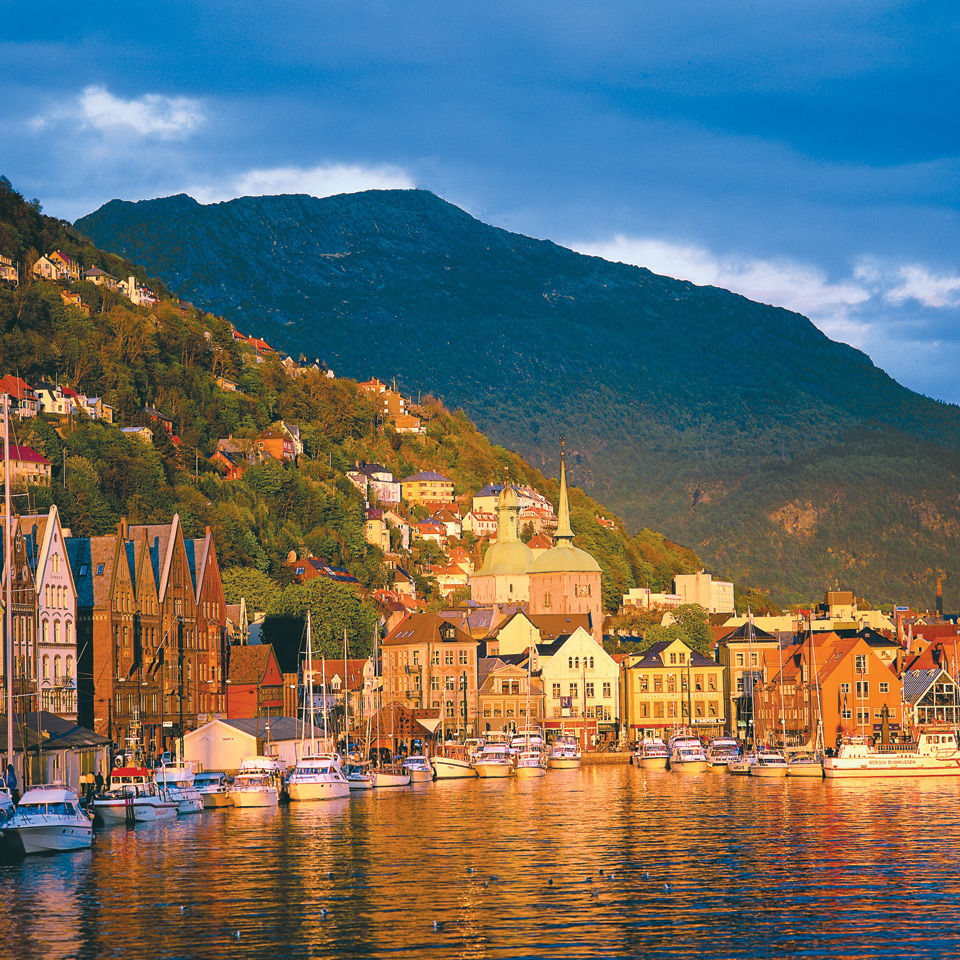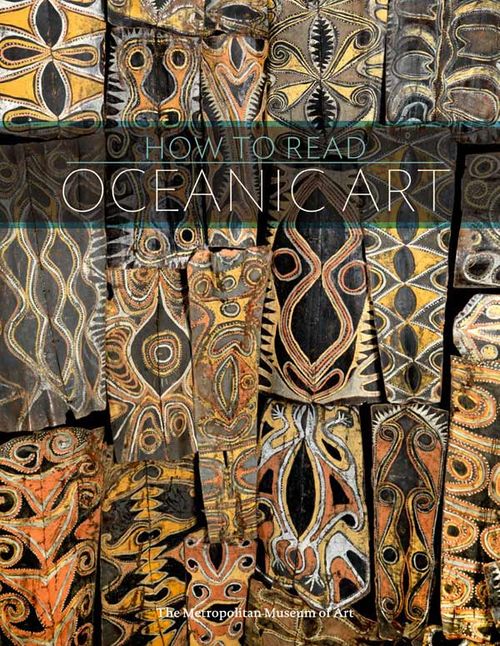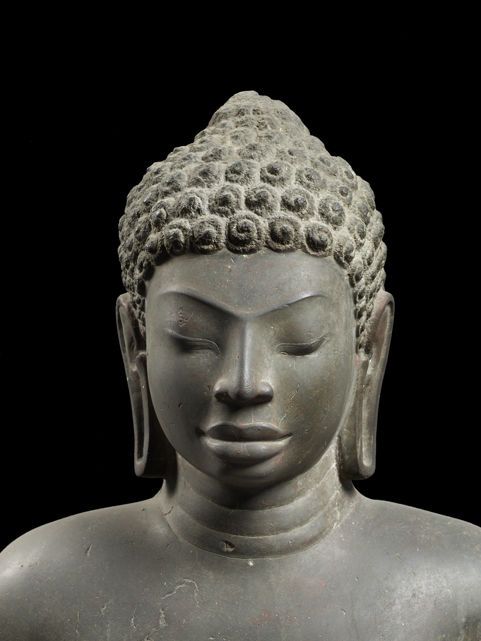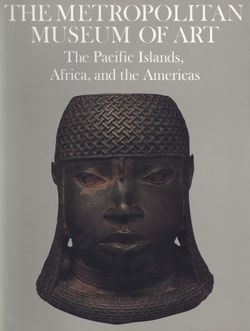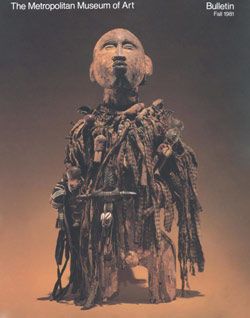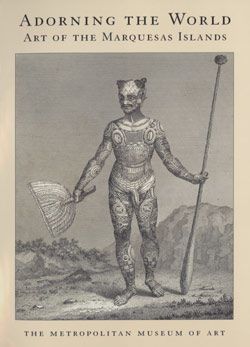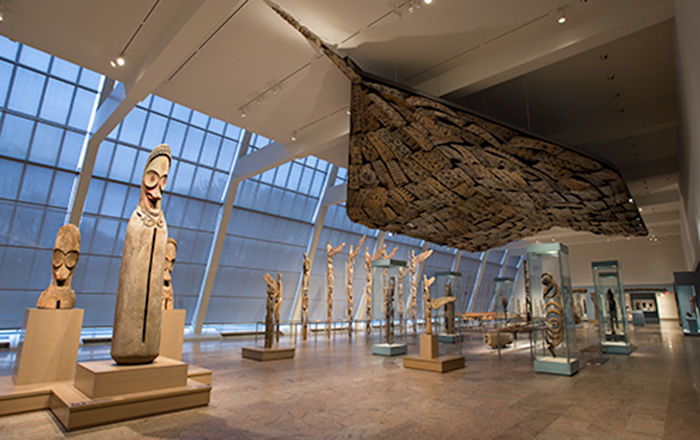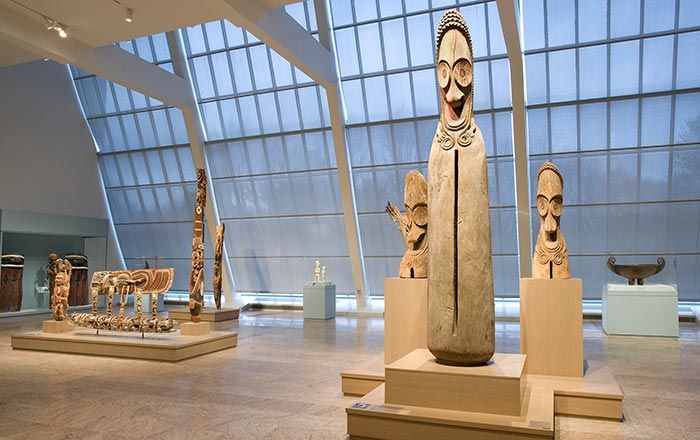Known for the elegance and complexity of their decorative art, Marquesan artists were described by Paul Gauguin as possessing "an unheard of sense of decoration" in all they created. The extraordinary ways in which Marquesans adorned their world are reflected in virtually every type of object they made and used—from sacred figures of gods and ancestors to items that were purely functional. Long admired by artists, writers, and scholars, the art and culture of the Marquesas Islands have until recently been unfamiliar to larger audiences. However, the artists of the Marquesas archipelago were among the most accomplished in the Pacific. Their work was fashioned from a diversity of materials in forms ranging from delicate ivory ornaments and luxuriant featherwork to imposing figural sculpture in wood and stone. The human body was also an important focus for artistic expression. Adorned with finely crafted ornaments, elaborate coiffures, and intricate tattoos that sometimes covered the entire body, Marquesans themselves became living art forms. The vivid imagery of Marquesan art is testament to the myriad beings and creatures who inhabited the Marquesan universe—gods, ancestors, humans, lizards, turtles, fish—and to the islands' complex social and political organization. These art forms are explored in the present volume, published in conjunction with the exhibition "Adorning the World: Art of the Marquesas Islands," held at The Metropolitan Museum of Art. In their catalogue essays, Eric Kjellgren, the Metropolitan's Evelyn A. J. Hall and John A. Friede Associate Curator of Oceanic Art, and Carol S. Ivory, Professor and Chair of the Department of Fine Arts at Washington State University, place the artistic traditions of the Marquesas within their cultural and historical context, giving insights into their distinctive visual imagery and their enduring influence on Western art and literature.




